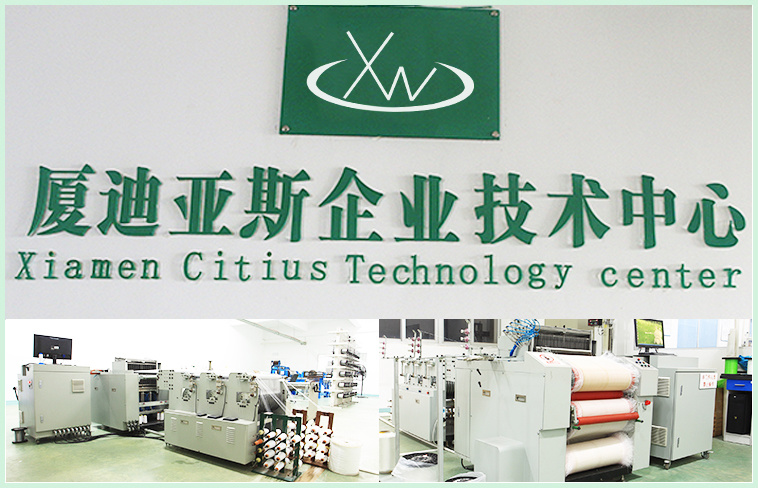Application of Ceramic Tube Bundle Cross Flow Filter
Release time:
2022-06-23
Typical applications of ceramic tubular cross-flow filtration machines:
(1) Water filtration. Due to the frequent pulsed backwashing of water flow, this machine can maintain a high filtration capacity of 1000L/(m2 • h). The pore size of the effective layer of the filter tube wall is 0.2μm.
(2) Filtration of fruit wine and grape wine. The pore size of the effective layer of the filter tube used is 0.45μm, with a filtration capacity of 100L/(m2 • h).
(3) Concentration of milk. The pore size of the effective layer of the filter tube is 0.2μm, with a production capacity of 80L/(m2 • h). The filter tube walls mentioned above are made of the same material, while the filter tubes produced by Tech-Sep in France use powder-sintered porous carbon as a support layer and zirconia as the effective layer. The nominal pore sizes of the effective layer for microfiltration filter tubes are divided into two grades (0.08μm and 0.14μm). These filter tubes have excellent mechanical properties and corrosion resistance and can be used under the following working conditions:
(1) Maximum working pressure: for filter tubes, it is 5MPa; for components, it is 1.5MPa.
(2) Temperature resistance up to 150℃.
(3) Acid and alkali resistance, pH value from 0 to 14.
(4) Steam sterilization temperature at 121℃ (can also be sterilized with oxidants).
These filter tubes are installed in parallel in a stainless steel cylinder, with a total filtration area of 0.02 to 5.73m2 and a flow rate of 4m/s. Pumps can be equipped according to the type of slurry, for example, positive displacement pumps for slurries with a viscosity above 0.1Pa • s or for shear-sensitive slurries, while centrifugal pumps are used for low-viscosity slurries. The washing of the filter tubes can be done with hot water, detergents, acid or alkaline solutions.
The application of porous carbon-zirconia tubular cross-flow filtration machines is:
(1) For clarification. Used for clarifying alcoholic beverages and mineral water; achieving sterilization for pharmaceuticals and biological products; removing residual decolorizing and deodorizing activated carbon in filtrate; water treatment; filtering various mechanical oils.
(2) For biomass separation. Used for separating biomass from fermentation liquids in beverages, pharmaceuticals, and biological products.
(3) For concentration. Used for concentrating biomass and polymers, recovering catalysts.
(4) For filtering washings. Used for filtering washings of functional plastics, dyes, and ultrafine particles.
Previous article:
The next one:

